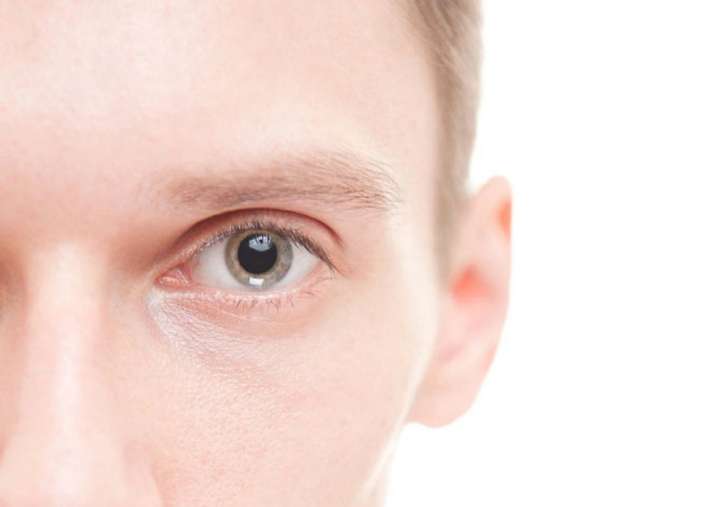How could eyes reveal heart attack risk?
The algorithm that the researchers produced can even help predict the occurrence of a future major cardiovascular event on par with current measures.
By looking at the human eye, researchers at Google its health-tech arm Verily were able to predict whether someone had high blood pressure or was at risk of a heart attack or stroke. Google algorithms could help identify signals of heart diseases through retinal images.
"AI offers us the potential for new, less invasive tests for heart health -- predicting cardiovascular results from retinal images with computer vision -- encouraging early results!," Google CEO Sundar Pichai said on Tuesday while referring the study in a tweet.
The study, published in the journal Nature Biomedical Engineering, showed that deep learning applied to a retinal fundus image, a photograph that includes the blood vessels of the eye, can predict risk factors for heart diseases -- from blood pressure to smoking status.
The algorithm that the researchers produced can even help predict the occurrence of a future major cardiovascular event on par with current measures, said Michael McConnell, Head of Cardiovascular Health Innovations at Verily in blog post.
Cardiovascular disease is the leading cause of death globally and researchers know that lifestyle factors including exercise and diet in combination with genetic factors, age, ethnicity, and sex all contribute to it.
However, they do not exactly know how these factors add up in a particular individual, and so in some patients it becomes essential to perform sophisticated tests, like coronary calcium CT scans, to help better stratify an individual's risk for having a heart attack or a stroke, and such other cardiovascular events.
In this study, using deep learning algorithms trained on data from 284,335 patients, the researchers were able to predict cardiovascular risk factors from retinal images with surprisingly high accuracy for patients from two independent datasets of 12,026 and 999 patients.
The algorithm could distinguish the retinal images of a smoker from that of a non-smoker 71 percent of the time, the study found.
"In addition, while doctors can typically distinguish between the retinal images of patients with severe high blood pressure and normal patients, our algorithm could go further to predict the systolic blood pressure within 11 mmHg on average for patients overall, including those with and without high blood pressure," study co-author Lily Peng, Product Manager, Google Brain Team, said.
"One of the exciting aspects of this study is the generation of 'attention maps' to show which aspects of the retina contributed most to the algorithm, thus providing a window into the 'black box' often associated with machine learning," McConnell, who is also a co-author of the study, said.
This can give clinicians greater confidence in the algorithm, and potentially provide new insights into retinal features not previously associated with cardiovascular risk factors or future risk, McConnell said.
The findings suggest that a simple retinal image could one day help understand the health of a patient's blood vessels, key to cardiovascular health.
"This is promising, but early research -- more work must be done to develop and validate these findings on larger patient cohorts before this can arrive in a clinical setting," McConnell added.
No comments:
Post a Comment